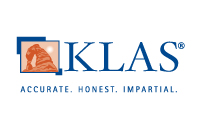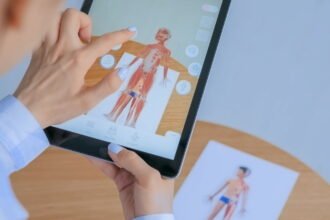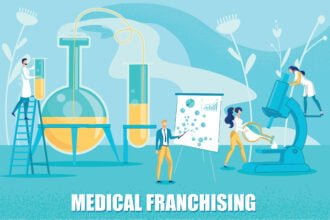Patient care directly impacts health outcomes and should therefore be prioritized. When patients receive high-quality care, their recovery experience is more positive physically and emotionally.
Good care has the power to lift people’s spirits, which further contributes to their overall healing process. Since positive emotions impact overall health, patient care is especially critical for people suffering from a serious illness, like cancer, which is harder to recover from.
One of the best ways to improve patient care is to start using speech to text software. Speech to text software takes spoken words and translates them into text. This makes it possible to speak notes directly into a patient’s chart.
If you’re looking for ways to support better health outcomes, here’s how voice to text software can help.
1. Speedy documentation
Most clinicians struggle with documentation. It’s not hard; it’s just tedious work to take notes on paper and then type them up on the computer. While you can open up a patient’s chart and type your notes directly into their chart, it’s not as fast as speaking.
Today’s voice to text applications have excellent accuracy and will help you document up to 45% faster. You’ll also capture up to 20% more relevant information. For example, you can use the industry’s top software, Dragon Medical, to document patient information from anywhere, including your home, your office, or while you’re out and about.
2. Better concentration
If you’re going to take thorough notes, you need to have full concentration on what you’re typing. That’s not easy with a pen and paper. When you’re taking physical notes, much of your concentration is lost in the process of listening and writing.
People think and speak faster than they write or type, so it makes sense to use your voice. Plus, you may not always be in a convenient spot to take physical notes. When you’re driving, it’s nice to be able to document information without having to wait until you get home.
If you just got off the phone with a patient, for example, and need to put some notes in their chart, you can document everything with speech to text software before you forget.
3. Clear communication
There seems to be a big problem with communication when patient charts are passed around. Sometimes the problem is a lack of information. If you get too busy and forget to add key pieces of information to a patient’s chart, or if you don’t fully document everything in the moment, this can affect patient care when someone else needs to read their chart.
When a patient’s chart is incomplete, it can draw out their future visits, cause backtracking, miscommunications, and sometimes a misdiagnosis.
By using voice to text software, you’ll be giving yourself a tool to thoroughly document all the important information that will ensure your patients receive the best care possible.
4. Voice to text is better than EHR software
Electronic health records (EHR) have been used for a while and do improve patient care, but the software involved with EHR records is cumbersome. You need to click a bunch of buttons and checkboxes just to enter basic information. It’s difficult and frustrating to use.
Since EHR software is so difficult to use, clinicians often fall behind on documenting patient data. This creates the need to spend hours at the end of the day just entering information into a database.
Speech recognition doesn’t require using a difficult interface. It’s easy to start documenting notes right away.
5. Voice to text is better than transcription
Before voice to text became widespread, many providers would dictate into a tape recorder or digital device and pay someone to transcribe their notes. This is slightly more effective than EHR, but it’s still cumbersome compared to speech recognition.
The only time dictation is better than speech recognition is when it comes to mistakes. Speech recognition software isn’t perfect, and sometimes there are mistakes in translation. You have to manually correct typos made by the software, which takes up more of your time. However, leading speech recognition software applications are extremely accurate and will learn any words that require a special focus.
Speech recognition transforms patient care
When your goal is to improve the care your patients receive, you’ll love using speech to text software. Voice recognition ensures that no details are left out simply because you don’t have time to type. When your patients have a thoroughly documented chart, they will get better care all around.









